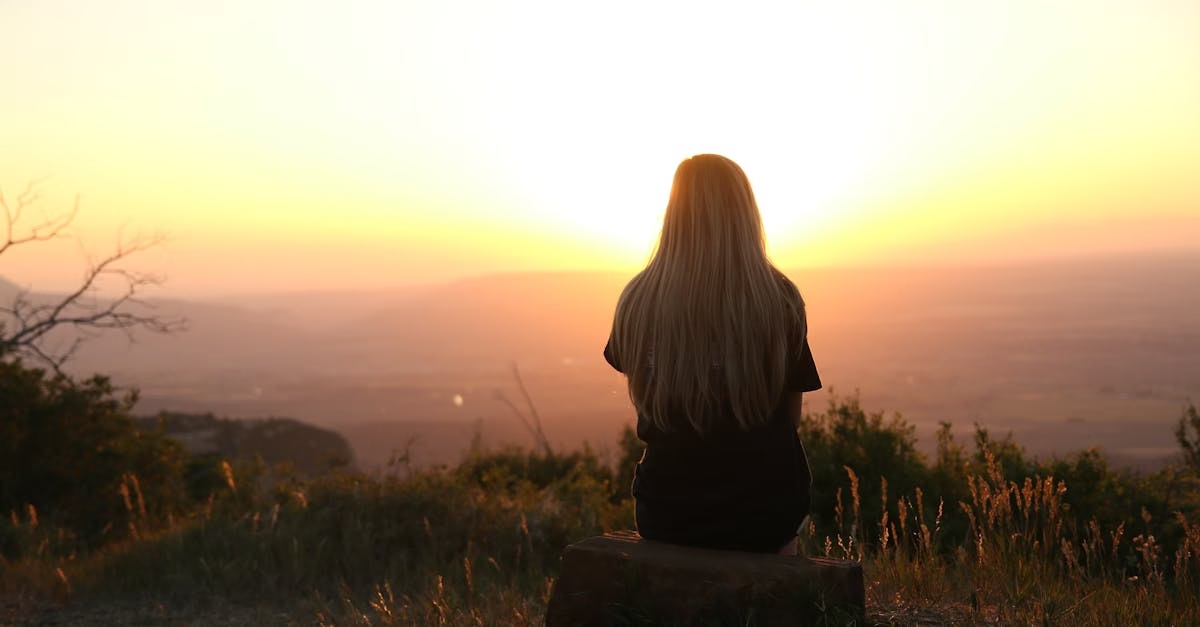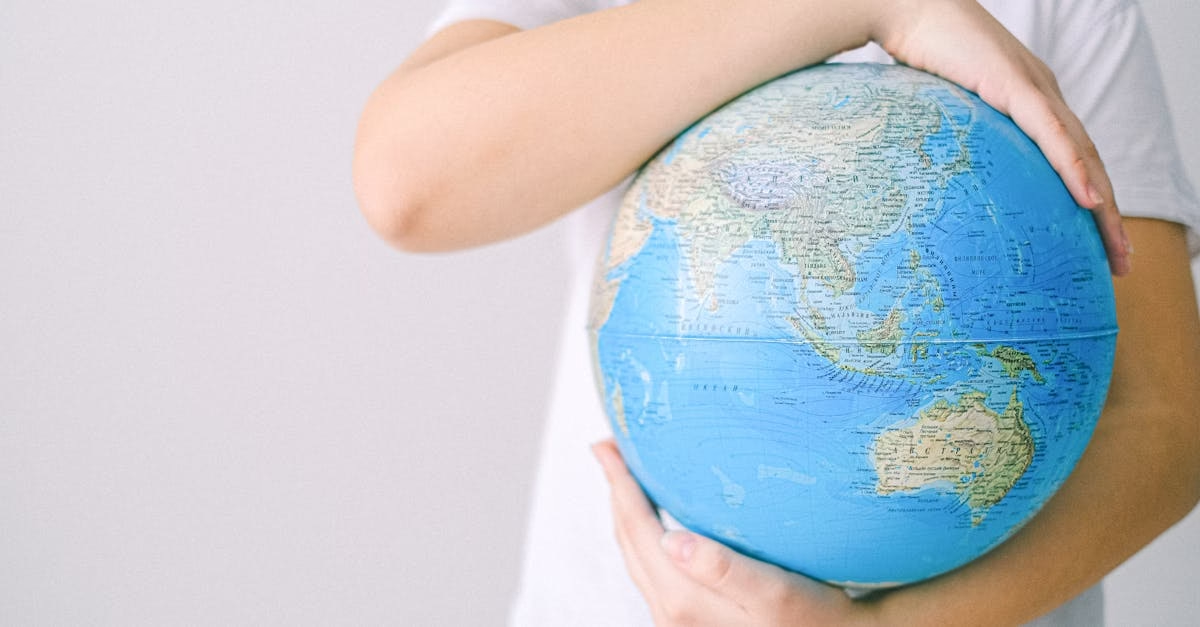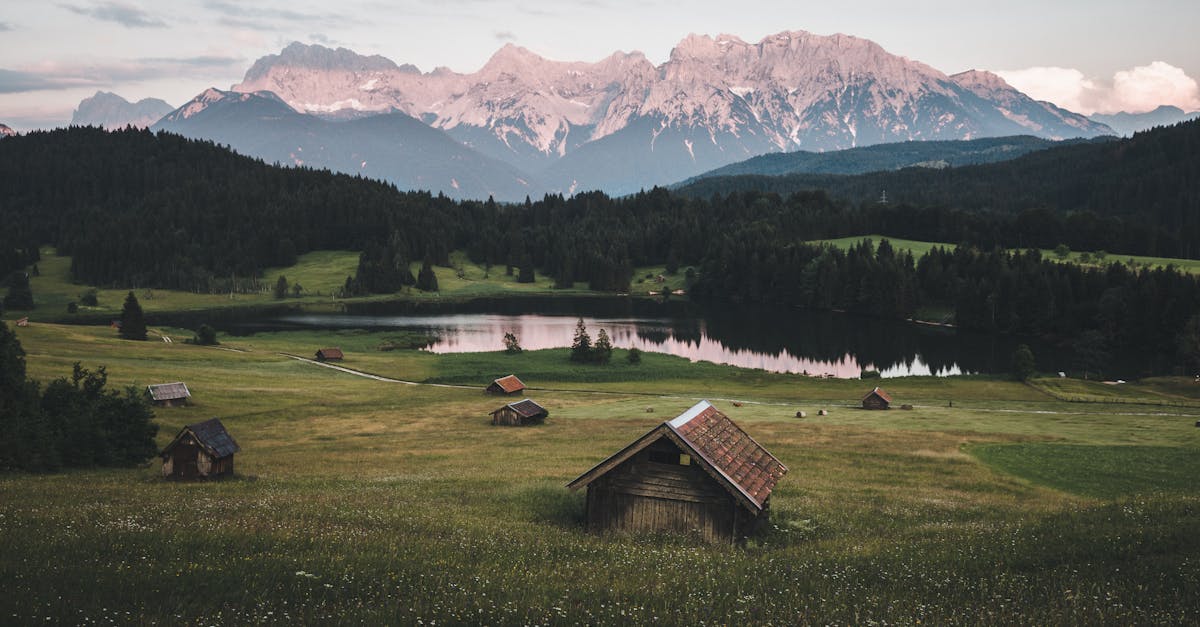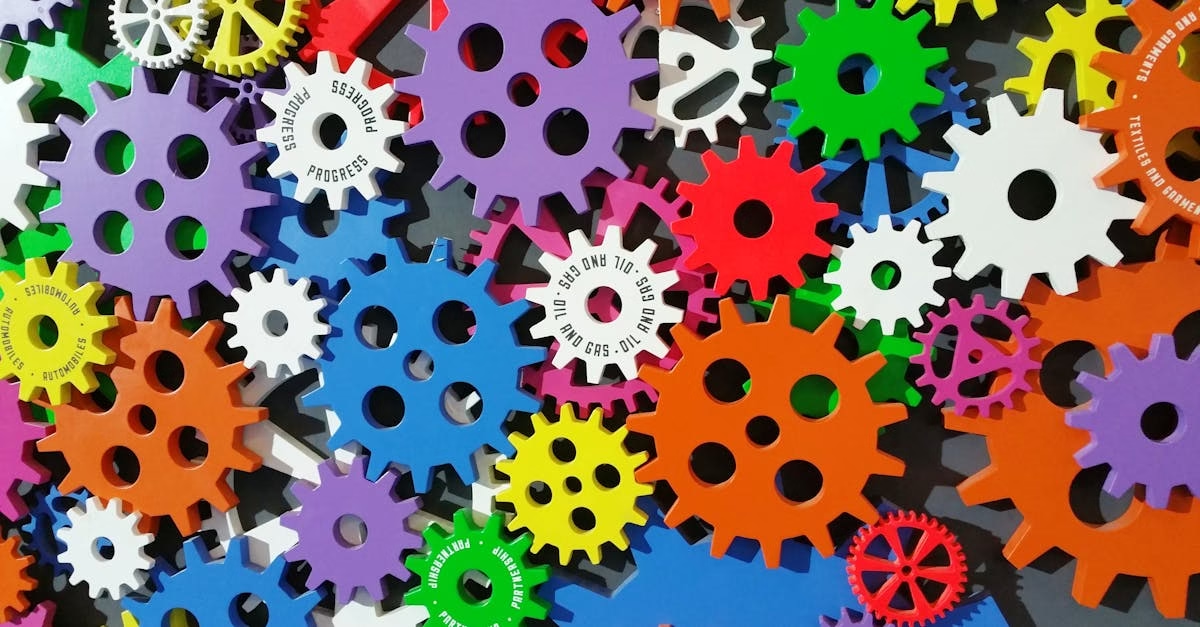In a quiet mountain village of Kashmir, lived a 16-year-old girl named Zoya. She was brave, kind-hearted, and full of dreams. Her village was surrounded by tall mountains and thick snow during winter. Life was simple, but not easy. Zoya helped her parents with farming, took care of the animals, and went to a small government school nearby. The roads were broken, and sometimes there was no electricity. Still, Zoya smiled every day and helped her neighbors whenever she could. She loved listening to old stories from her grandmother and enjoyed painting in her free time. But deep inside, she wished her village had better schools, better roads, and jobs for young people. She saw her elder cousins leave the village because there was no future there. Everyone in the village was kind, but they were stuck in the same problems for years. Zoya often wondered, “Can someone like me really bring change?”
One day, during a village meeting, Zoya overheard that there would be a joint meeting between the local villagers and government officers in six months. This meeting was very important. It was a chance for people to speak about their problems directly to the officials. Zoya became excited. She thought, “Maybe this is the time we can talk about roads, jobs, and education.” But the village had many deep problems. There was less development because of cross-border terrorism. Sometimes, unknown people entered from the border and spread fear. Because of this, outsiders didn’t invest, and the government hesitated to send help. Zoya felt worried, but also hopeful. She wanted to help bring change—not just for herself, but for everyone in the village. Something in her heart told her that this meeting could be the start of something big. But she also knew it wouldn’t be easy.
As days passed, Zoya became unsure. She had so many responsibilities. She had to attend school, take care of her younger siblings, help her mother in the kitchen garden, and feed the farm animals. On top of that, she felt she was too young to speak in a big meeting. “Why would anyone listen to a 16-year-old girl like me?” she thought. Her heart wanted to do something big, but her mind was full of doubts. What if people laughed at her? What if she made mistakes? Some elders also said, “This is not for girls. Let the men talk to the officials.” Zoya became quiet. She stopped thinking about the meeting for a few days. But inside, a little spark of courage still remained. She was scared—but not fully ready to give up. Sometimes, we need someone to show us the way. Zoya was waiting for such a moment.
A few weeks later, a group of students from NIT Kashmir visited her school. They came to talk about science and technology. Among them was a professor, who spoke about how AI and NLP can help solve real-life problems like communication, false news, and education. After the session, Zoya stayed back and asked him, “Can technology solve problems in my village?” The professor smiled and said, “Yes, Zoya. Technology can’t do everything, but it can help people understand each other and work together.” He told her how his team was working on language technology, helping people from different backgrounds talk using multilingual tools. Zoya felt something shift inside her. This was her first time hearing such words, but she understood the meaning clearly—maybe this was the path she was looking for. The professor encouraged her to keep thinking and not to be afraid of asking questions. Zoya had found her guide.
Zoya began to think deeply. What were the real problems her village faced? She found two big issues. First, people spoke different languages and dialects—locals, soldiers, and visitors couldn’t understand each other. This created fear and confusion. Second, there were false news messages coming from across the border. These fake stories confused villagers and made them doubt their own government and army. Zoya realized that if these two problems could be solved, peace and understanding could grow. She wrote her thoughts and called the professor. He was impressed and invited her to visit his team at the college. This was the moment when Zoya decided to step outside her comfort zone. She was no longer just a schoolgirl—she was now someone who wanted to solve real problems using technology. She had taken the first step into a bigger world of ideas and action.
At the college, Zoya met the professor’s tech team. They welcomed her warmly and listened carefully to her ideas. With their help, Zoya started working on two small AI-based prototypes. One was for detecting fake news or propaganda, and the other for translating and transcribing multiple languages to help people talk easily. They used Natural Language Processing (NLP) and voice tools. But their first test results were not good. The language tool gave wrong meanings, and the fake news detector missed important clues. Zoya felt sad, but the team supported her. “This is just a start,” said one teammate. “Technology needs testing and learning—just like us.” Zoya faced challenges, but also made friends who believed in her mission. There were some people who laughed at her, saying, “She’s only a village girl, not a scientist.” But Zoya didn’t give up. She had found her purpose—and her team.
Zoya started learning more. She used the internet, watched free tutorials, and read about NLP and AI tools. She tested her prototype on different use cases, like converting Kashmiri to Hindi and English, and checking messages spread during curfew days. It was tough, but she didn’t stop. One night, she remembered her best friend’s family, who lost their small shop during a terrorist attack. That pain became her strength. She said to herself, “I will not let hate win. I will build something that helps people understand the truth.” Her hard work and emotion became part of her project. Zoya was no longer just solving a tech problem—she was fighting for peace, truth, and a better future. She had entered the deepest part of her journey, where success and failure were both possible—but she was ready to face whatever came next.
Before the final village meeting, there was a tournament for creative ideas among 16 bright students from different parts of Kashmir. Zoya joined with her team. Each group had to present a tech-based solution to help their region. Zoya’s heart beat fast, but her voice was strong. She explained how their tool could detect propaganda news and how the language converter could help villagers, army, and outsiders communicate clearly. The judges were impressed. But the real test came at the village meeting. Zoya and her team showed their tools to villagers, army officers, and government staff. Everyone used the language tool and felt amazed. They could now understand each other. The propaganda detector clearly showed how fake news was affecting local trust. There was silence… and then loud applause. Zoya had done it—she had turned technology into a bridge of peace.
That day, something beautiful happened. People smiled. Locals, army men, and officers shook hands. They thanked Zoya for her efforts. The army officer said, “We need more minds like yours.” The government officer promised support and resources to help grow this technology. Zoya had not only won the competition, but also the hearts of her people. The village that once doubted her now looked up to her with pride. Children in the village wanted to learn about AI. Parents said, “We want our daughters to be like Zoya.” It was not about fame—it was about hope, unity, and trust. Her hard work brought a reward that could not be measured in trophies—she had helped people come closer, understand each other, and dream again.
Zoya returned to her village not just as a student, but as a hero with a mission. She used her prize money and support from the government to start a small in-house company that made simple, local-language tech tools for villages. She taught other kids, especially girls, how to use and build technology. Her tools were later used in nearby areas too. Her room became a small tech lab, where ideas turned into solutions. The village that once had poor roads and no future now had a new identity—a land of innovation and peace. Zoya had not only changed her own life, but also inspired many others to think big, stay kind, and believe in their dreams. She had returned with something powerful—knowledge mixed with compassion. And that became her true gift to the world.
💡 Learning from Zoya’s Journey
Zoya’s story teaches us that even the smallest voice can bring the biggest change. She lived in a remote area with many problems, but she did not give up. She saw problems not as blocks, but as chances to build something new. With courage, learning, and help from mentors, she showed that technology can be used for peace, not just profit. Her journey shows that age, gender, or background do not matter—what matters is the will to help others. Zoya used her pain as power and her ideas as light. Her journey also teaches that collaboration is key—we grow faster when we learn together. In today’s world, we don’t need superheroes with capes; we need young minds with purpose. Zoya became a real hero, not by fighting with weapons, but by building bridges of understanding. Her story is a reminder that hope, when guided by action, can truly change the world.




